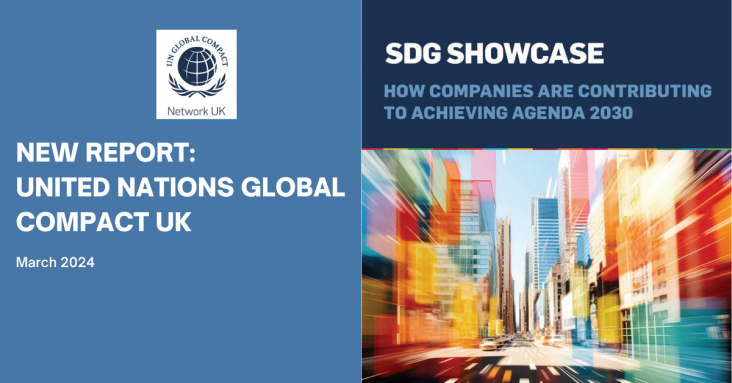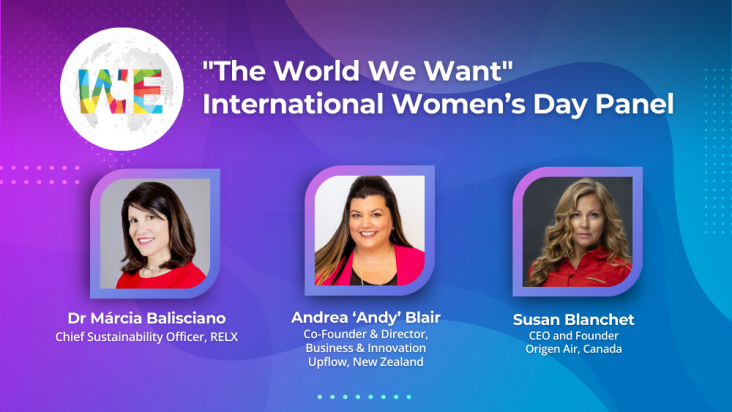Dynamic Aquaria (Fourth Edition) - Chapter 13: Community structure: Biodiversity in model ecosystems
Dynamic Aquaria, Fourth Edition: Building and Restoring Ecosystems and the Biosphere, 2024, pp 167-180

From 2019 to 2022, a nationwide project funded by the GEF built and strengthened mechanisms to help conserve agrobiodiversity, and one of the territories chosen was the Purhépecha region (Michoacán). This paper systematises the project's impacts in the TASs of Michoacán and rescues the critical methodological elements that served for its successful implementation.




The International Women's Day "World We Want" Podcast Collection features the latest episodes in the RELX podcast series featuring renowned female leaders from across the globe.
